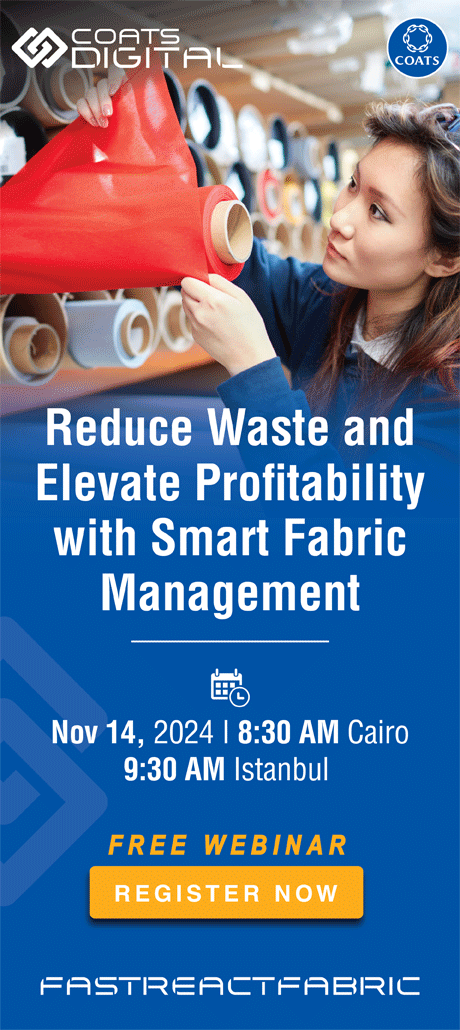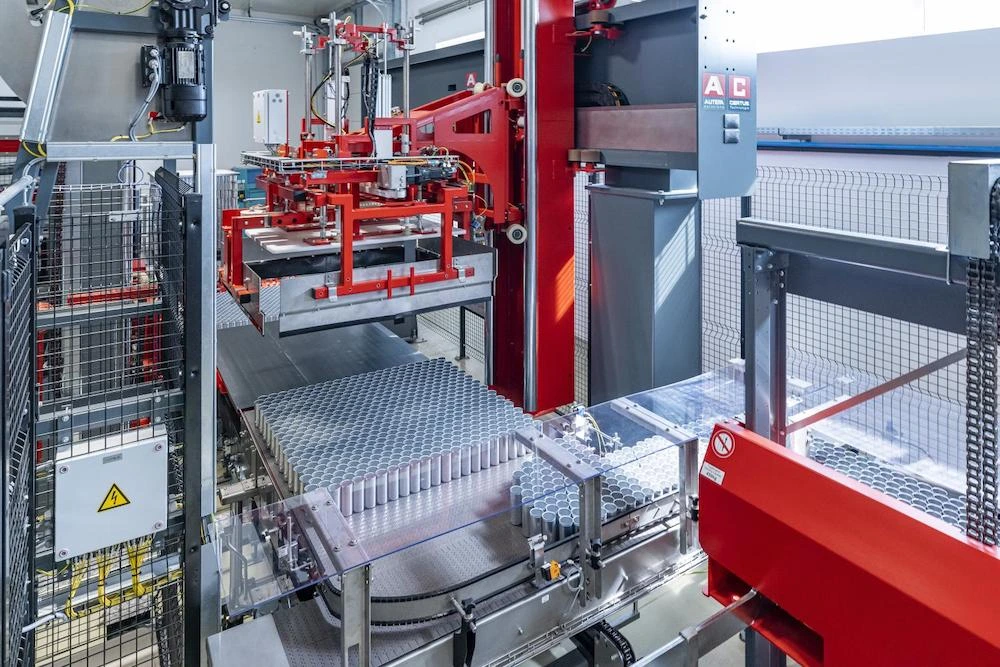As the textile machinery industry continues to evolve, the number of exhibitions worldwide has grown significantly. Jutta Soell, Head of Marketing at Autefa Solutions, a leading company specializing in nonwoven machinery, shared insights into the advantages and drawbacks of this proliferation of exhibitions for both clients and exhibitors.
From the perspective of textile machinery manufacturers, exhibitions are essential touchpoints for engaging with current and potential customers. They serve as a platform for companies to demonstrate their latest technologies and innovations while allowing customers to gain a comprehensive overview of industry developments in one place. “International trade shows provide our customers with the opportunity to gather extensive information and compare different technologies. Our team is well-prepared for this and is happy to take on this task,” Soell explains.
Soell acknowledges that trade shows serve as an accessible, concentrated source of information. Companies in attendance can allocate specialized personnel to explore and assess advancements, helping them make informed decisions about investments in new machinery and technologies. However, she highlights that customers also benefit from traditional sources of industry updates, such as trade publications. While trade shows create unique networking and hands-on experiences, maintaining a balance with other information channels is crucial for companies seeking a well-rounded understanding of market trends.
One of the primary challenges with exhibitions today, according to Soell, is the lack of consistency in location and timing. Exhibitions held regularly at known locations allow companies to better prepare for their participation, understand local logistics, and streamline their attendance strategy. “We prefer exhibitions that take place regularly at a known location, as this allows us to work more efficiently,” Soell emphasizes. The unpredictability and shifting nature of some shows can add logistical complexities, often requiring companies to allocate additional resources and time for each event.
Given the growing number of events, some companies feel overwhelmed and struggle to decide which shows offer the most value. Soell recommends focusing on exhibitions that promise a high level of customer interaction and knowledge transfer. Strategic selection, she suggests, is vital to ensure that both the company’s resources and client engagements yield maximum value. This approach helps companies avoid spreading themselves too thin across numerous events, allowing for higher-quality interactions at carefully chosen exhibitions.
Autefa Solutions also values feedback from clients regarding exhibition attendance. “We are particularly interested in feedback from our customers: How do they perceive exhibitions today? Has their attendance behavior changed from ten years ago?” Soell asks. This information helps the company refine its approach, adapting to the evolving needs and preferences of clients. Such insights can guide exhibitors in understanding which aspects of trade shows customers find most valuable and how to address any emerging concerns.
In conclusion, while the increasing number of textile exhibitions presents more opportunities for industry connection, it also necessitates a strategic approach. Companies must balance in-person events with other information channels and make thoughtful decisions about which exhibitions to attend. By focusing on events that offer genuine value, exhibitors can maximize the benefits for both themselves and their clients, ensuring that their resources are directed towards the most meaningful engagements.






















